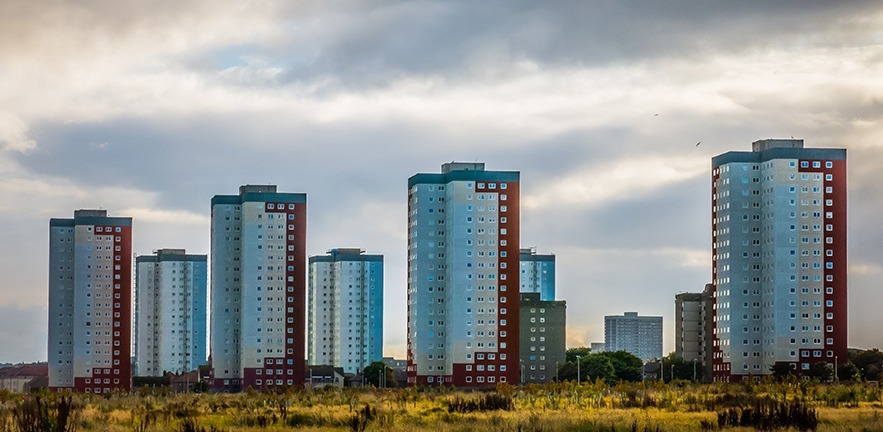Housing associations are now rediscovering their radical and ambitious roots to make a big difference, says Belinda Bell, Director of the Cambridge Social Ventures programme at Cambridge Judge.

Dr Belinda Bell, Director of the Cambridge Social Ventures programme of the Cambridge Centre for Social Innovation at Cambridge Judge, spoke recently on a panel at the National Housing Summit in London. As with many conferences, the issues included Brexit and other topical subjects such as gender equality and understanding big data.
But what really caught Belinda’s ears was the discussion about social housing, a topic of vital importance to many people throughout the UK and beyond. It was at this conference that Prime Minister Theresa May announced £2 billion in new funding to allow housing associations to build low-cost homes. In this article, Belinda shares her thoughts about social innovation in the housing sector – and how it was inspired by a Victorian pioneer.
One of the early housing radicals was Octavia Hill in 1860s London. Seeing the appalling conditions that many poor Londoners were living in, she acquired a number of properties near the Marylebone Road in London. Rather than taking an approach based on charitable alms-giving, Hill raised money from investors (perhaps we’d call them social investors nowadays) who received a five per cent return – and tenants of her properties paid rent. Hill was a social innovator who created long-lasting change, showing that reform based on social enterprise can be fundamentally more scalable than charitable giving.
The very nature of housing – the interconnected physical and social nature of it – produces lots of opportunities for impactful social intervention. Housing associations work often with older people, those on low and fixed incomes, and those excluded from the labour market. They have scale, capacity, resources, financial and governance acumen all underpinned by a strong sense of social purpose.
A project called The Greenhouse has been particularly innovative in harnessing some of the sector’s assets. The initiative brings together employees from housing associations who work together in teams to pool and share knowledge of their communities to tackle some of society’s biggest challenges.
Efforts to collate housing association data on evictions is vital. This will allow housing associations to make smart interventions before people hit crisis point and become homeless due to eviction. Currently there is no shared platform for data which would enable data-driven decisions to be taken.
Giving young families a small stake in their property could bring lasting change: Greenhouse has developed a model for a one per cent equity ownership of a property, with instant full ownership rights (such as being able to put up dinosaur wallpaper in the kids’ bedrooms). This gives people who cannot afford a traditional home-ownership mortgage a sense of control over their own home, and thus a sense of both dignity and community.
Housing associations are working to develop standardised designs for offsite manufacturing of new homes. This could be an important step in building high-quality affordable homes for the many people who desperately need them. It will also unlock offsite construction by providing the scale needed. More control of the development process will allow homes to be built more quickly while also improving quality.
We need to find new ways for people to live independently in their homes. Devices such as stairway grab rails are rejected by many people as unattractive, so they don’t want them in their homes. So work is now underway to develop invisible adaptations that are more aesthetically pleasing, which could help ensure that homes adapt as people’s needs change over time.
Housing associations are now engaging much more deeply with the broader social enterprise movement. Many have worked to embed purchasing from other social enterprises within their supply chains, to team up with social enterprises to create jobs for their tenants, and to partner with responsible finance providers to address issues of high-cost credit. Like Octavia Hill a century and a half ago, housing associations are (re)discovering their radical and ambitious roots – and this will hopefully create lasting change through social innovation.


